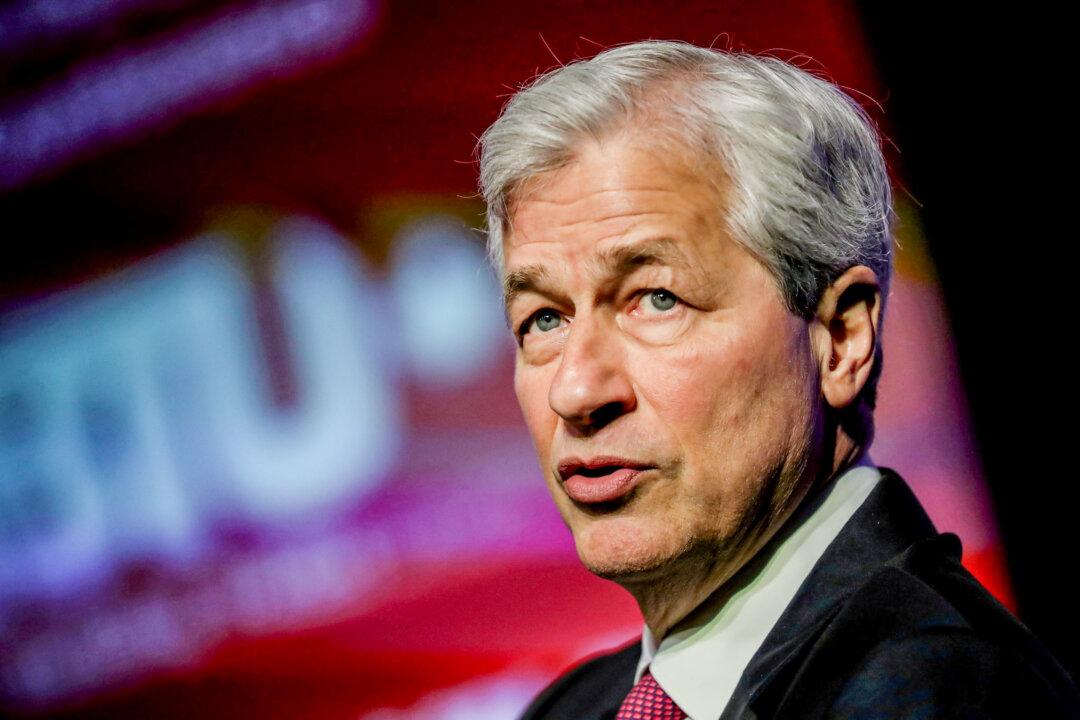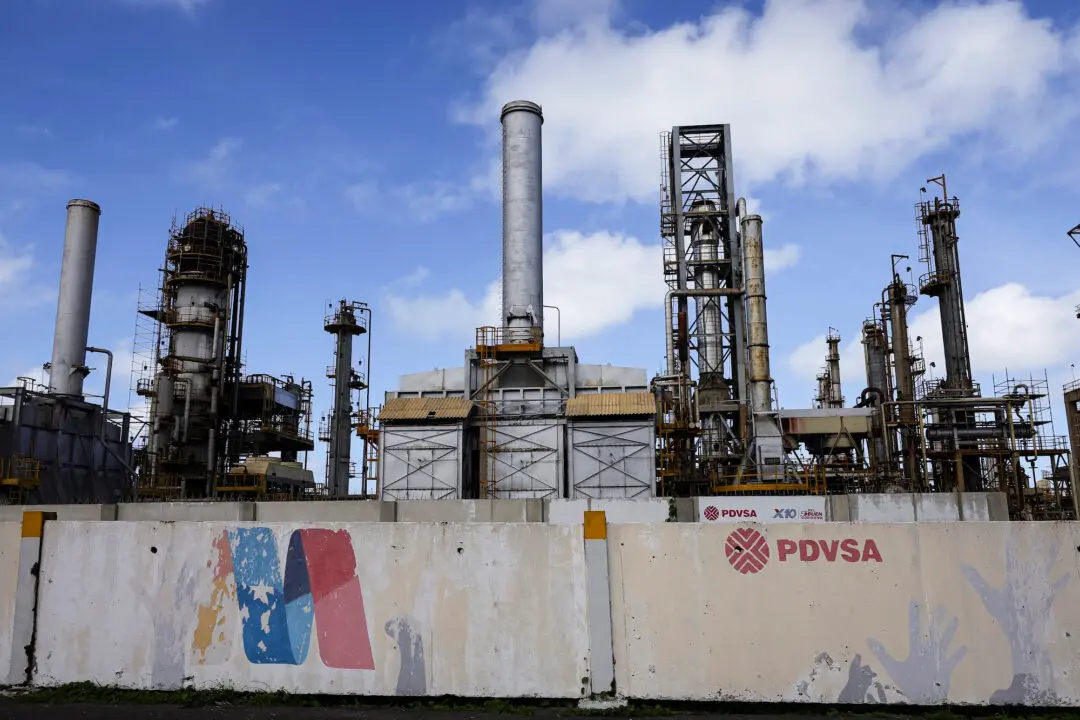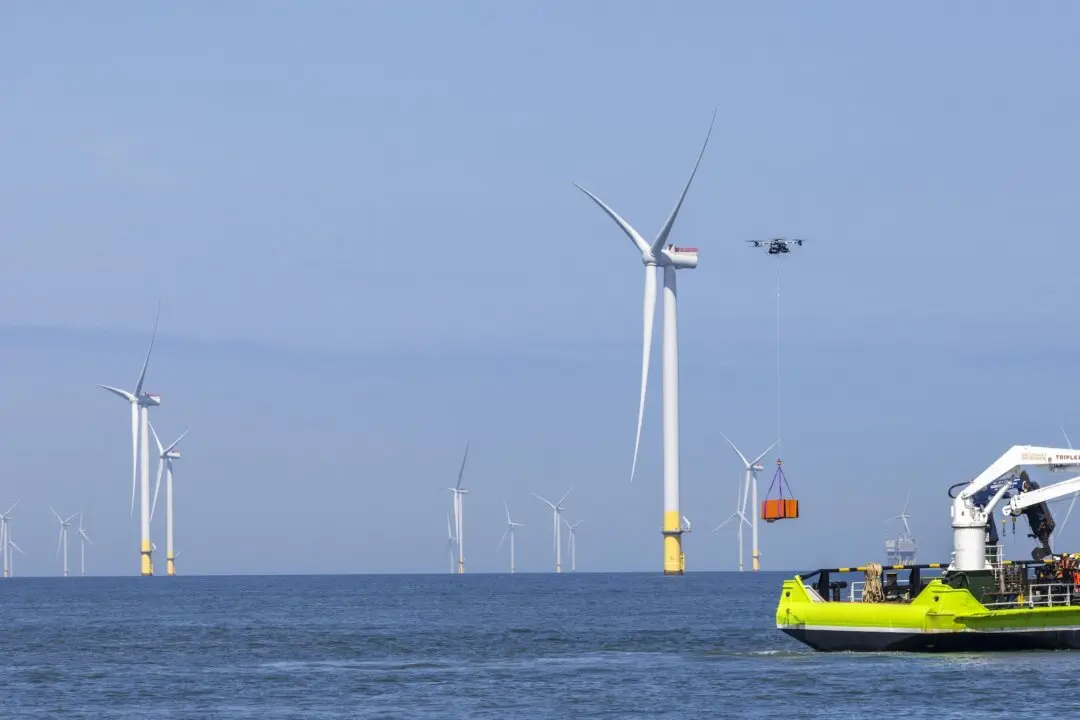JPMorgan CEO Jamie Dimon has warned that inflation could accelerate again and that a recession could well materialize if the Federal Reserve takes interest rates higher in response to resurging price pressures.
“A lot of things out there are dangerous and inflationary. Be prepared,” Mr. Dimon said at the 2023 New York Times DealBook Summit in New York on Nov. 29, during which he said that geopolitical tensions and the energy transition were prompting governments to ramp up spending, which is inflationary.





